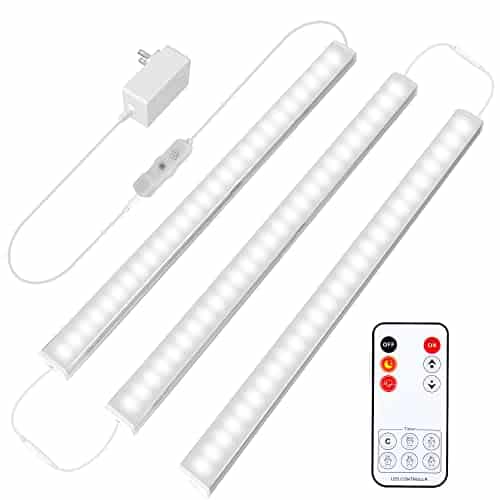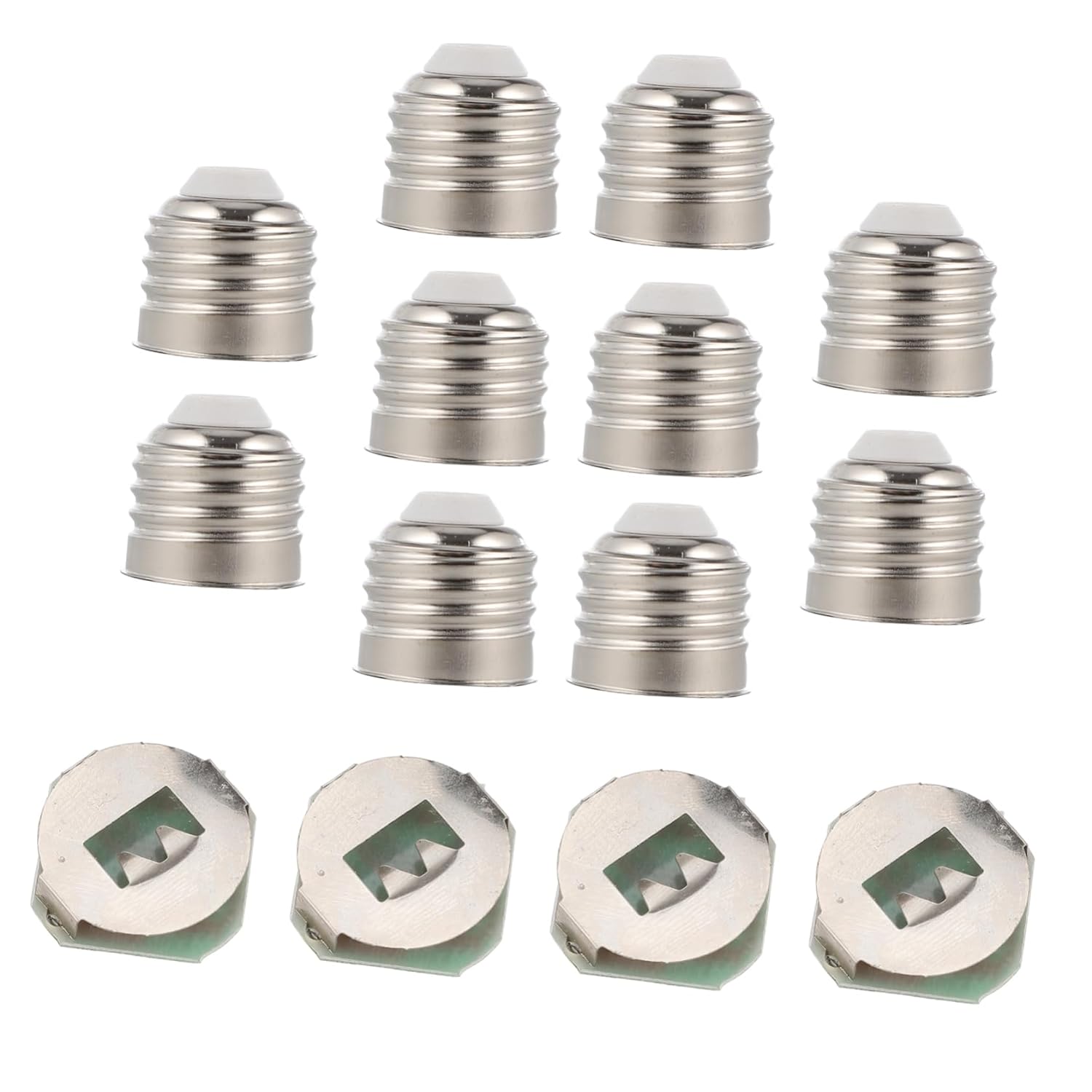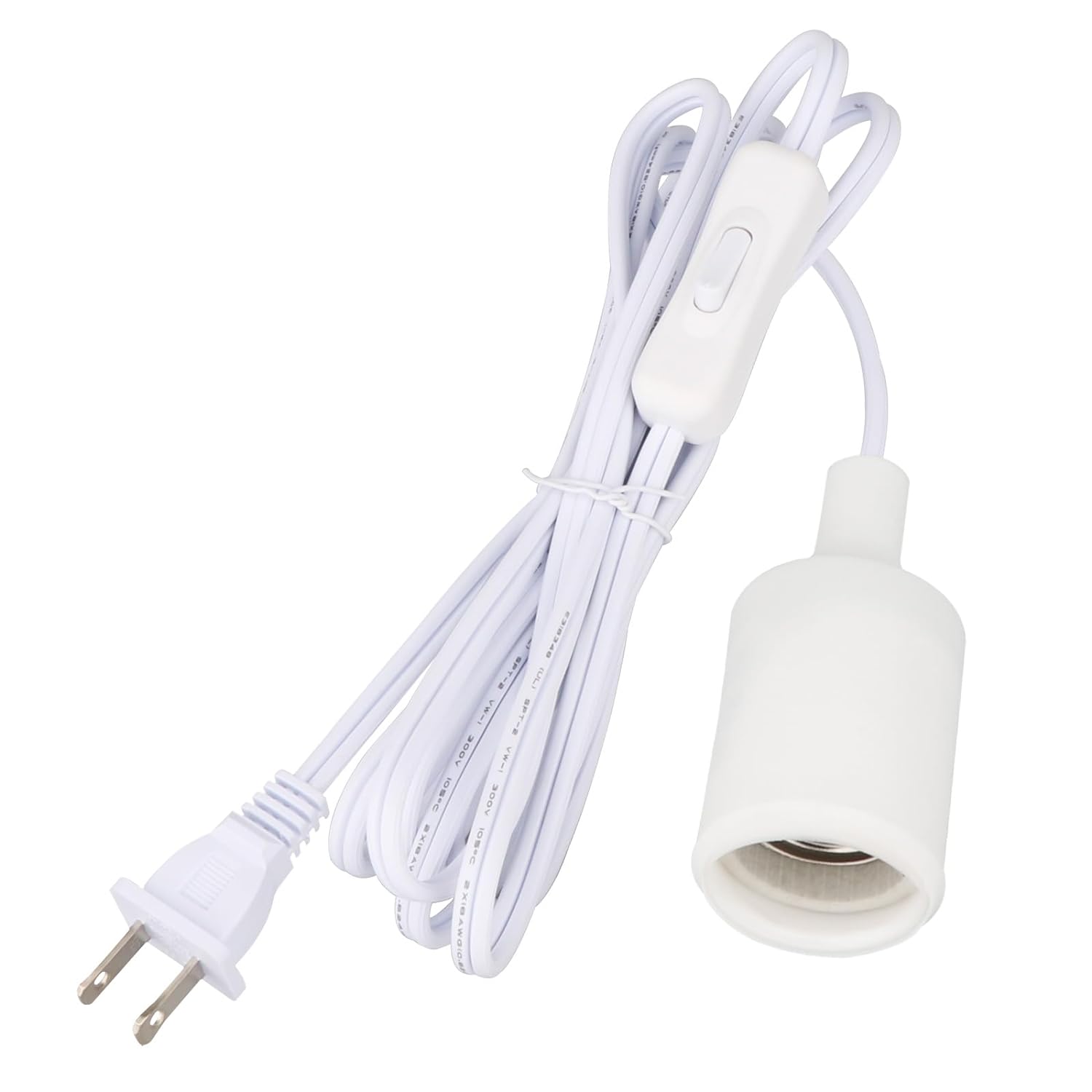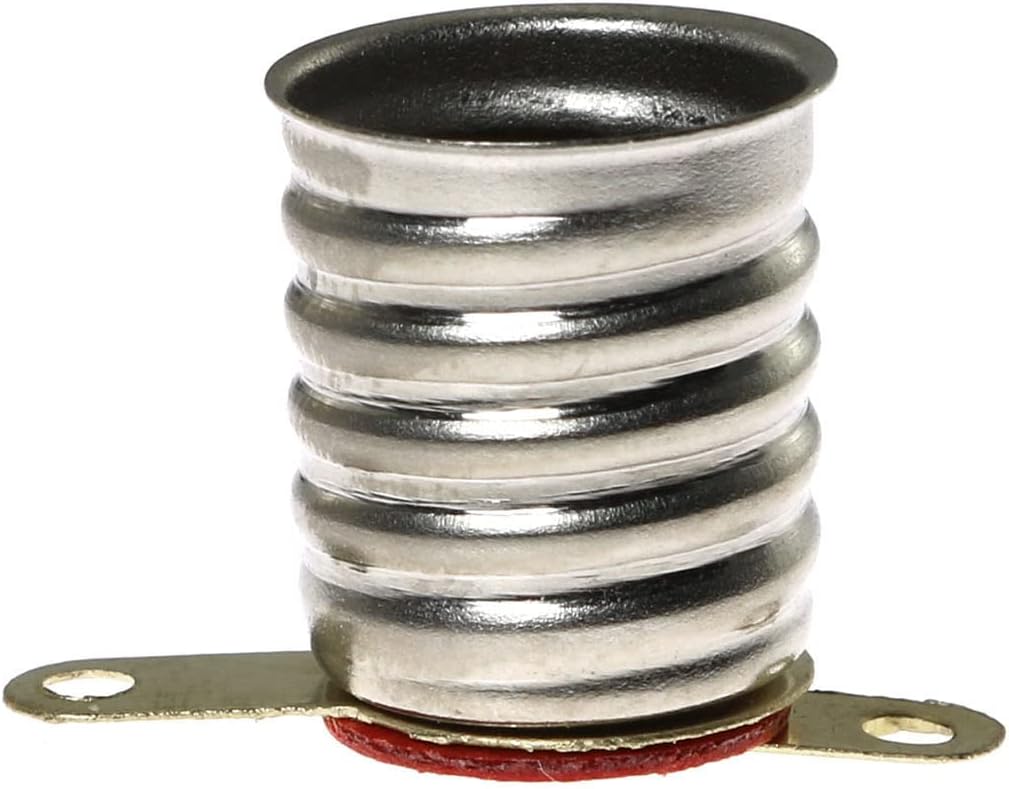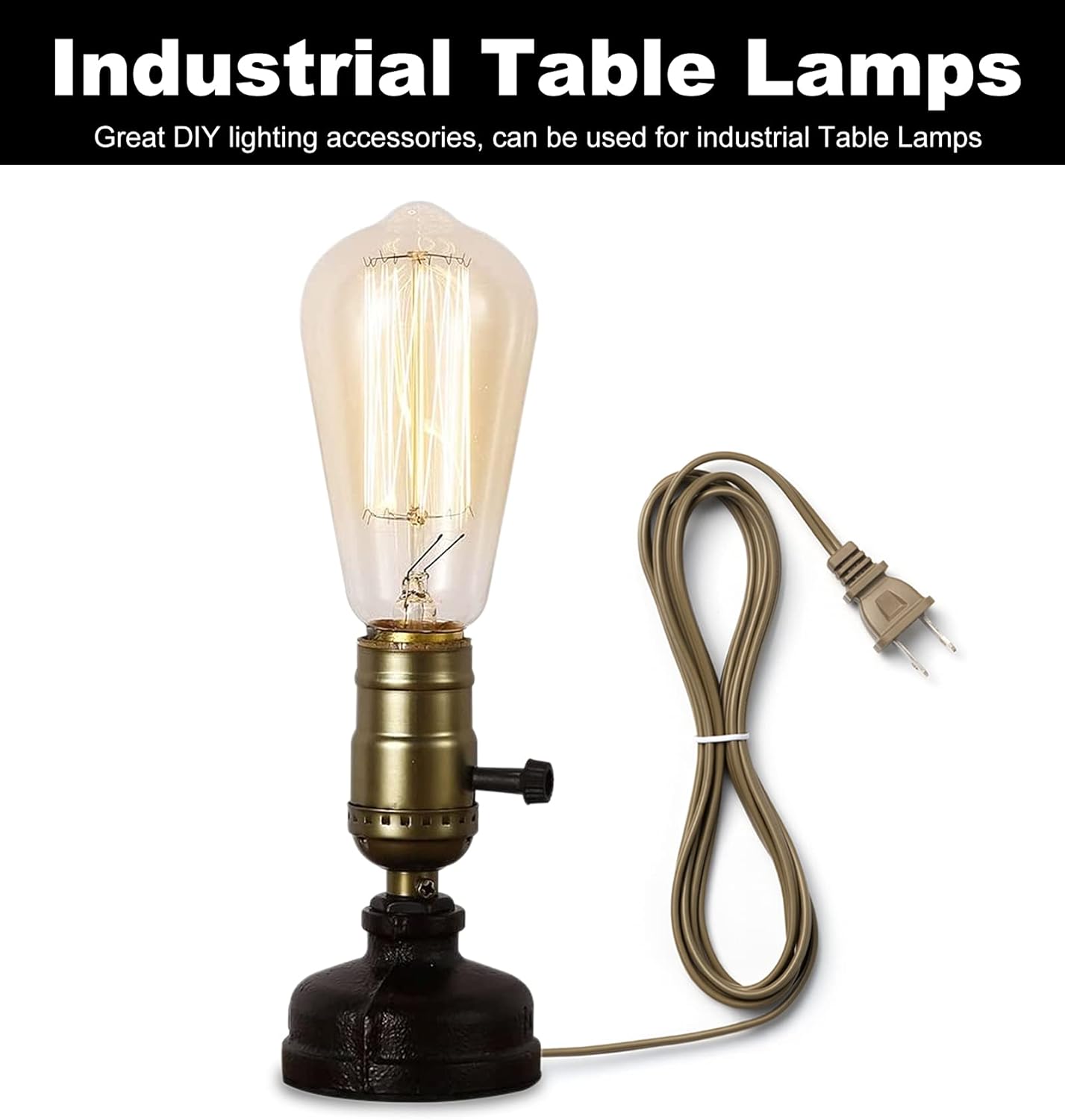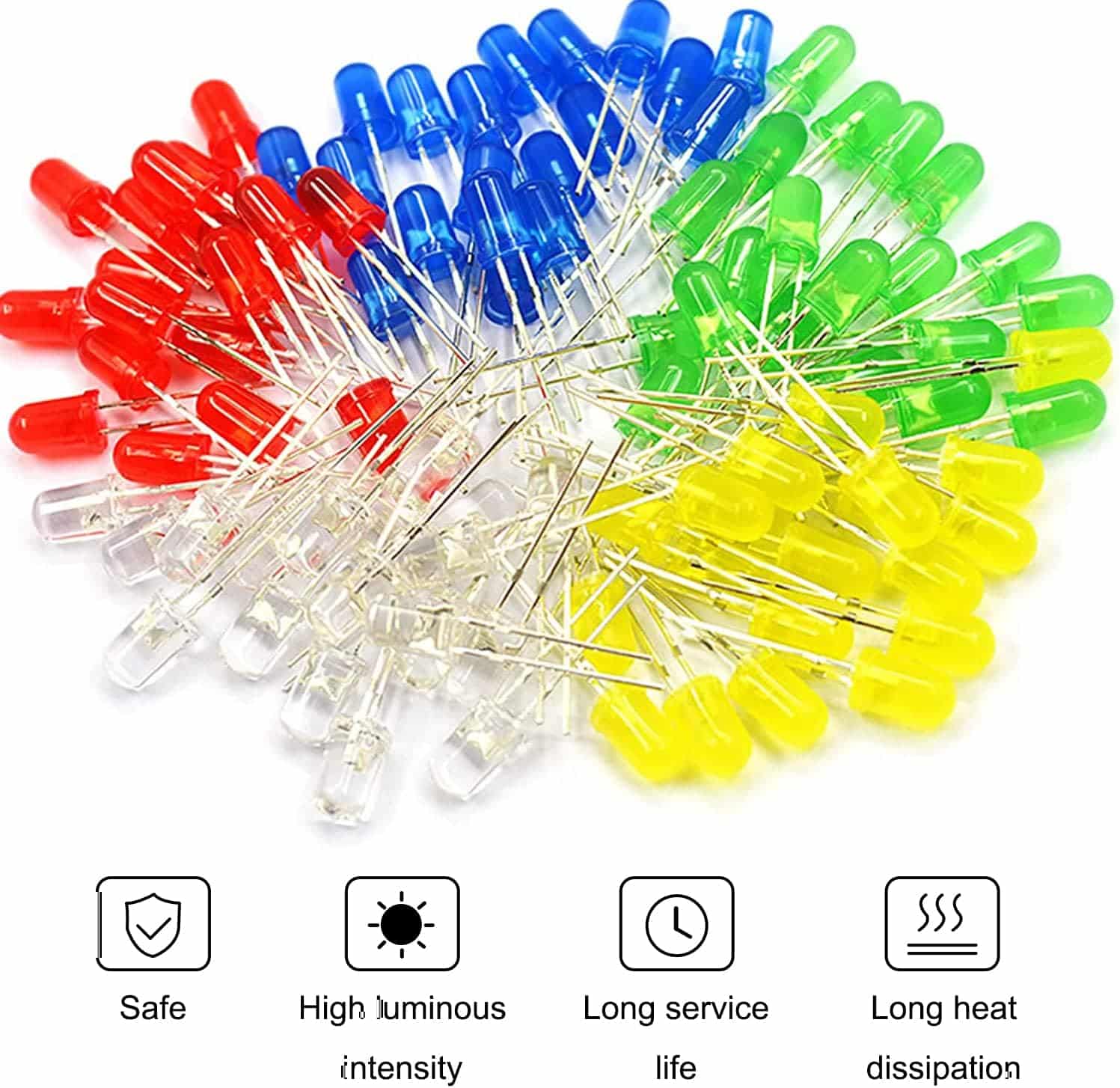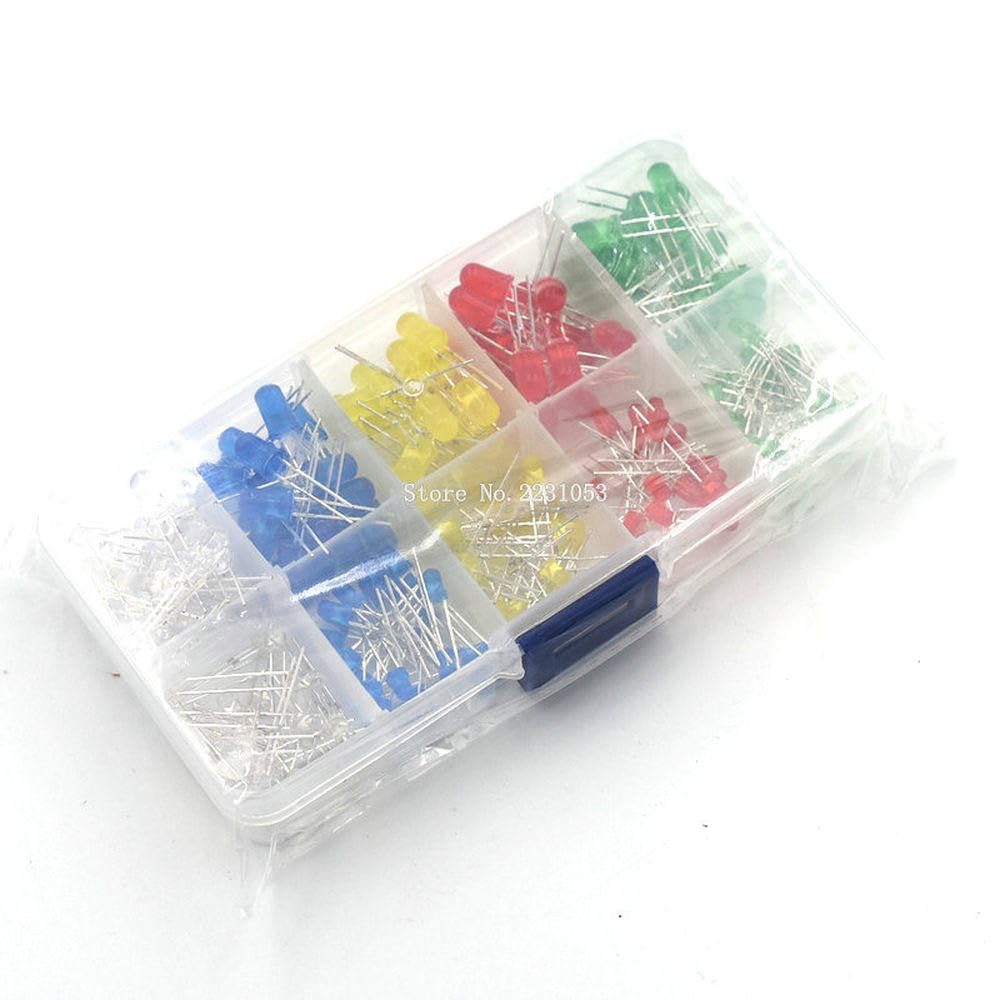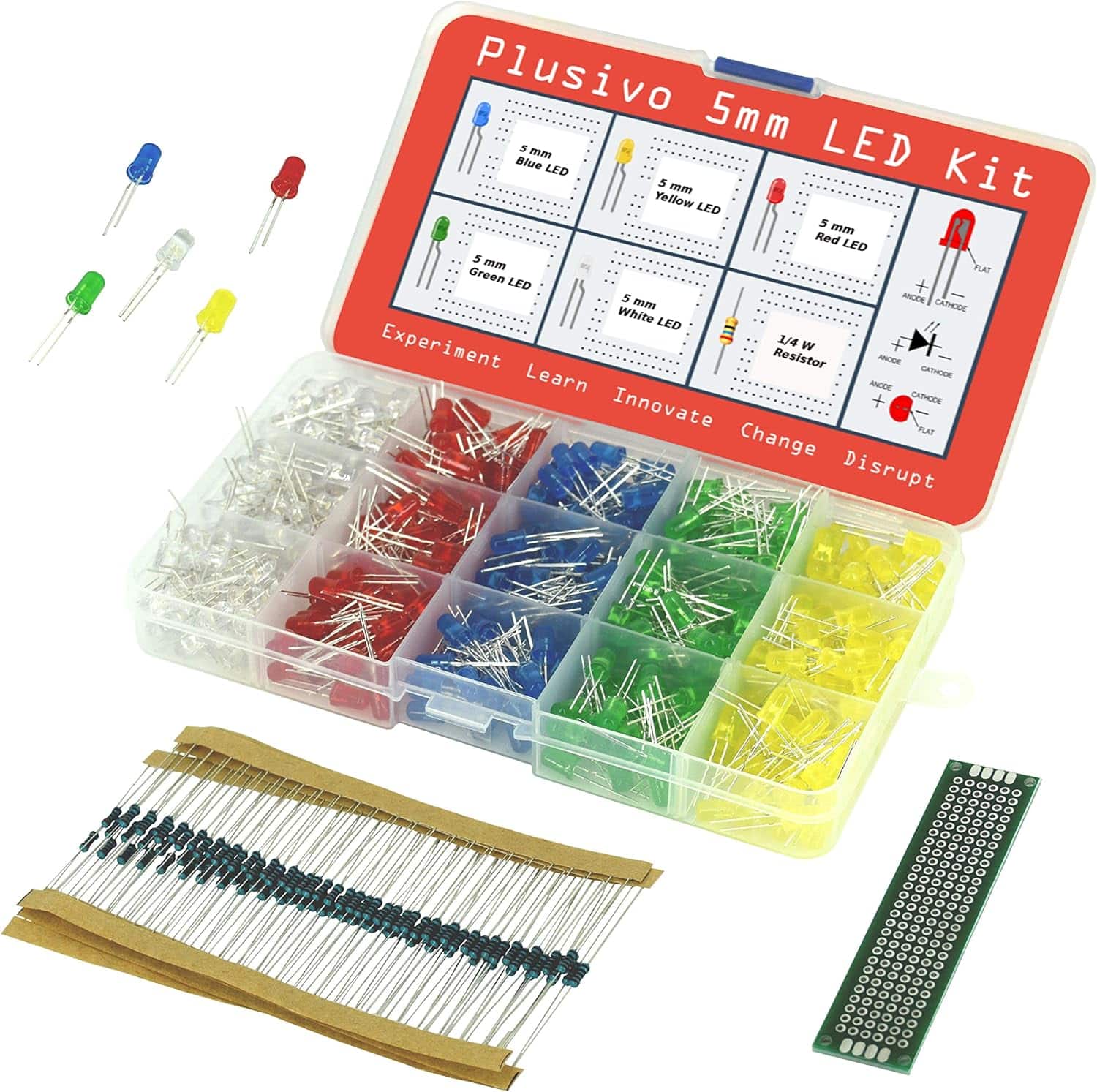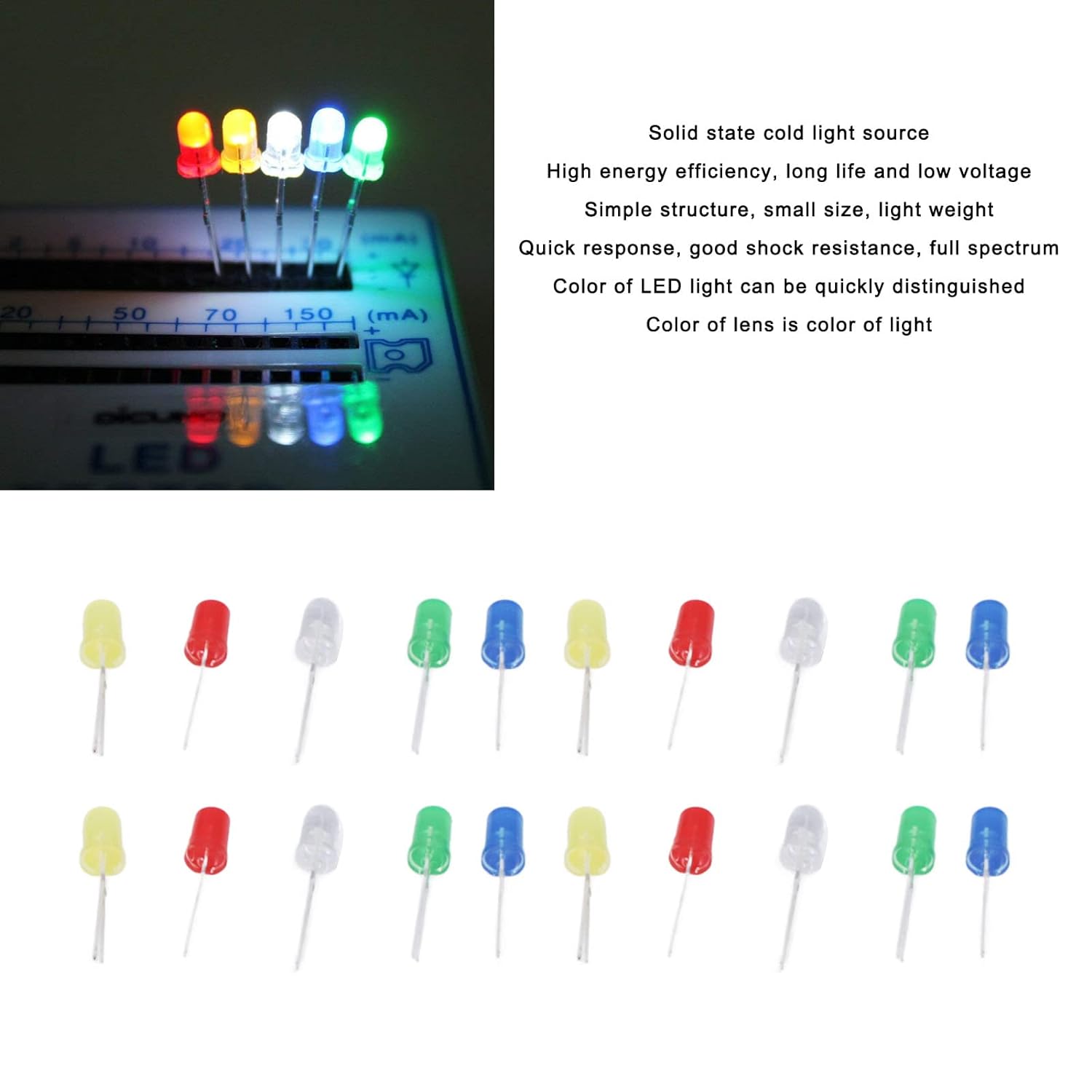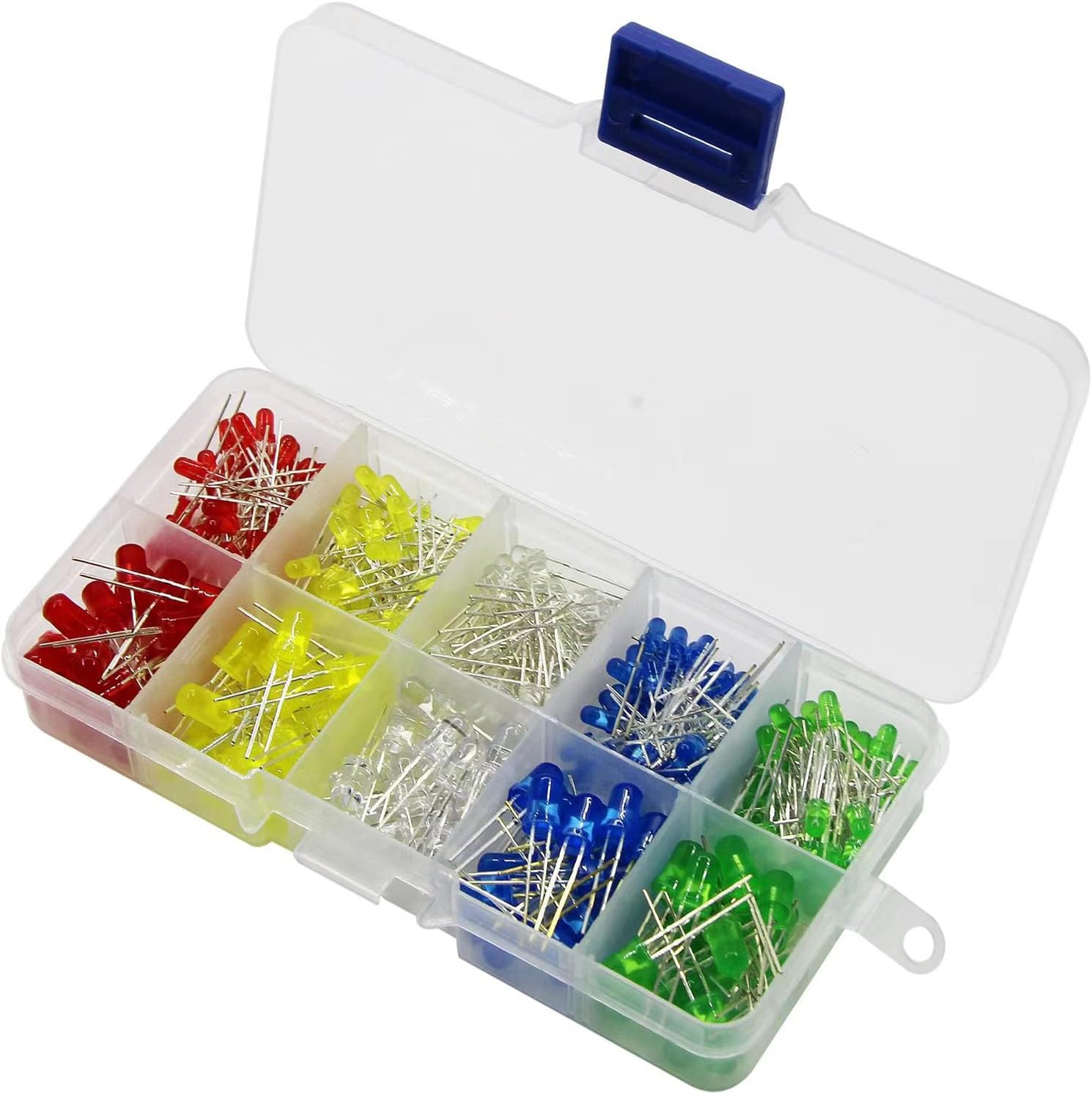The first step is to gather all the required materials, including LED under cabinet lights, a power supply, screws, a drill, and a screwdriver. Next, measure and mark the desired placement of the lights, ensuring they are evenly spaced and positioned.
Before installing the lights, turn off the power to the area where the lights will be installed. This is a crucial safety precaution that should never be skipped. Once the power is off, use the drill to create holes for the light fixtures.
After drilling the holes, attach the under cabinet lights to the underside of the cabinets using screws. Ensure they are secure and level. Next, connect the lights to the power supply, following the manufacturer’s instructions. This often involves stripping the wires and using wire connectors to make the necessary connections.
Once the lights are connected, turn on the power to test them. If they are working correctly, you can proceed to the final step, which is cleaning up any excess wires and securing them with zip ties or cable clips.
In summary, installing LED under cabinet lights requires gathering materials, measuring and marking the placement, turning off the power, drilling holes, attaching the lights, connecting them to the power supply, testing, and tidying up the wiring. Following these steps will result in a successful installation and a beautifully illuminated space.
Brighten up your space with these top choices!



My Experience with DIY Under Cabinet Lighting – A Comprehensive Guide
Gather the necessary tools and materials
Before you dive into the installation process, it’s important to gather all the necessary tools and materials. These items will ensure a smooth and efficient installation of your LED under cabinet lights.
First and foremost, you will need LED under cabinet lights themselves. Make sure to choose the appropriate size and type that suits your needs. Additionally, you will require a power supply to connect the lights to your electrical system.
Next on the list are screws and a screwdriver. These will be essential for securely mounting the lights under your cabinets. It is crucial to ensure a tight fit to avoid any accidents or damage.
For the electrical wiring, you will need wire strippers to remove the insulation from the wires safely and efficiently. This will enable you to connect the lights to the power supply effectively. Moreover, having electrical tape is essential to secure any exposed wires and provide additional protection.
By having all these tools and materials ready, you’ll be well-prepared to start the installation process smoothly. Following the subsequent steps will ensure a successful setup of your LED under cabinet lights, creating a pleasant and well-lit environment in your kitchen or workspace.



Plan the lighting layout
To properly plan the lighting layout, start by taking accurate measurements of the cabinet area where you intend to install the lights. Use a measuring tape to determine the length and width of the space. This will provide the necessary information to calculate the required number of lights and the spacing between them.
Next, consider the type of lighting you desire and the purpose it serves. Whether it’s task lighting to illuminate specific areas or ambient lighting to create a cozy atmosphere, understanding your lighting goals will help you make informed decisions.
Once you have the measurements and lighting preferences, it’s time to determine the number of lights needed. Depending on the size of the area, you may require multiple lights to ensure adequate coverage. Keep in mind that overcrowding the space with too many lights might lead to a harsh and overwhelming effect, while too few lights could leave dark spots.
Now, consider the spacing between the lights. A general guideline is to space the lights evenly, ensuring that there are no areas left in shadow. However, this can vary based on personal preference and the specific area you are lighting. For task lighting, consider spacing the lights closer together to create a more focused and brighter illumination.
By taking accurate measurements, considering the desired lighting effect, and calculating the appropriate number of lights with suitable spacing, you can create a lighting layout that not only serves its purpose but also enhances the aesthetics of your cabinet area.
Prepare the cabinet surface
To prepare the cabinet surface for installing the lights, start by cleaning it thoroughly. Use a clean cloth or sponge to remove any dust and debris from the surface. This will ensure that the lights adhere properly and have a clean appearance.
Next, if necessary, use a pencil to mark the positions where the lights will be mounted. Measure and mark the desired locations carefully, ensuring that they are evenly spaced and aligned with your desired design. These markings will serve as a guide when it’s time to install the lights and will help you achieve a neat and professional finish.
By following these simple steps, you’ll create a clean and well-prepared cabinet surface for installing the lights.



Mount the lights
To mount the LED lights to the underside of the cabinet, you will need to gather the appropriate screws. Ensure you choose screws that are suitable for the materials of both the lights and the cabinet. Once you have your screws ready, follow these steps to securely fasten and align your lights:
- First, determine the layout for your lighting. Decide where you want your LED lights to be positioned under the cabinet.
- Hold the LED lights against the underside of the cabinet in the desired location. Ensure they are aligned according to your lighting layout plan.
- Take one screw and align it with the mounting hole on the LED light. Insert the screw through the hole and start twisting it into the underside of the cabinet.
- Use a screwdriver or appropriate tool to securely tighten the screw, ensuring the LED light is firmly attached to the cabinet. Repeat the process for the remaining screws, depending on the number of mounting holes on your LED lights.
For example, if you have four mounting holes on each light, use four screws to securely fasten each light to the cabinet. Make sure to evenly distribute the screws to provide adequate support and stability.
Following these instructions will help you properly mount your LED lights under the cabinet, adding a stylish and functional lighting solution to your space. Enjoy the enhanced ambiance and visibility they bring to your surroundings!
Connect the lights
Carefully strip the wires of both the LED lights and the power supply using wire strippers. Gently remove the insulation to expose a small section of the wire. Afterward, take the positive (+) wire from the LED lights and the positive wire from the power supply and connect them together. Make sure the connection is secure and properly aligned. Repeat the same process with the negative (-) wires, connecting them together securely as well.
To ensure safety and prevent any electrical mishaps, use electrical tape to insulate the exposed wires. Start by wrapping the tape tightly around the connected wires, covering the exposed section completely. Make sure there are no gaps or loose ends in the tape. This will protect the connection and keep it from coming loose.
Remember, when connecting the wires, it is crucial to match the positive (+) and negative (-) terminals correctly. Failing to do so may result in the lights not working properly or even damage the LED lights or power supply. So take your time, follow these steps carefully, and you’ll be able to connect the lights successfully and enjoy your well-lit space!
Connect the power supply
Find a suitable location for installing the power supply. Look for a nearby cabinet or a wall that is easily accessible. For example, you could choose to place it inside a kitchen cabinet if it is close to the main electrical source.
Once you have determined the location, connect the power supply to the main electrical source using the provided wires. Make sure to follow proper electrical safety guidelines, such as turning off the power before beginning the installation and wearing protective gloves.
To connect the power supply, start by identifying the appropriate terminals or outlets on both the power supply and the main electrical source. Once you have identified them, insert the provided wires into the corresponding terminals, ensuring a secure connection.
After connecting the wires, double-check that they are properly inserted and tightened. Ensure that all connections are secure to prevent any electrical hazards.
Remember, safety is of utmost importance when connecting the power supply, so if you are unsure or uncomfortable with electrical work, it is advisable to seek assistance from a qualified professional. By following these instructions and guidelines, you’ll be able to connect the power supply safely and efficiently.
Test the lights and finalize installation
- Turn on the power supply: Make sure the power supply for the LED lights is switched on. Locate the power switch or button, usually near the power source, and flip it to the “on” position. This will provide electricity to the lights.
- Check LED functionality: After turning on the power supply, observe the LED lights closely. Look for any signs of illumination or movement in the light pattern. If the lights do not turn on or appear dim, check the wiring connections to ensure they are properly attached.
- Make necessary adjustments: If you notice any issues with the lighting layout, such as unequal brightness or improper positioning, make the necessary adjustments. This may involve moving the lights or changing their angle to achieve the desired effect. Take your time to ensure the lighting arrangement meets your expectations.
- Tidy up loose wires: Once you are satisfied with the installation, it is important to tidy up any loose wires. Secure them in place to prevent accidental disconnections or tripping hazards. Use zip ties, cable clips, or any other suitable method to organize and conceal the wires for a clean and professional appearance.
By following these steps, you can successfully test the functionality of LED lights and make any necessary adjustments to finalize their installation. Remember to always prioritize safety and ensure that all electrical connections are secure before completing the project.
Wrapping Up: Final Thoughts
In conclusion, installing LED under cabinet lights is a straightforward process that can significantly improve the lighting in your home or workspace. By carefully following the steps outlined in this blog post, you can easily achieve professional-looking results. Remember, safety should always be your top priority, so don’t hesitate to seek professional guidance if you’re unsure about any aspect of the installation. Enjoy the enhanced lighting and ambiance these lights will bring to your space!
Must-Have Supplies









